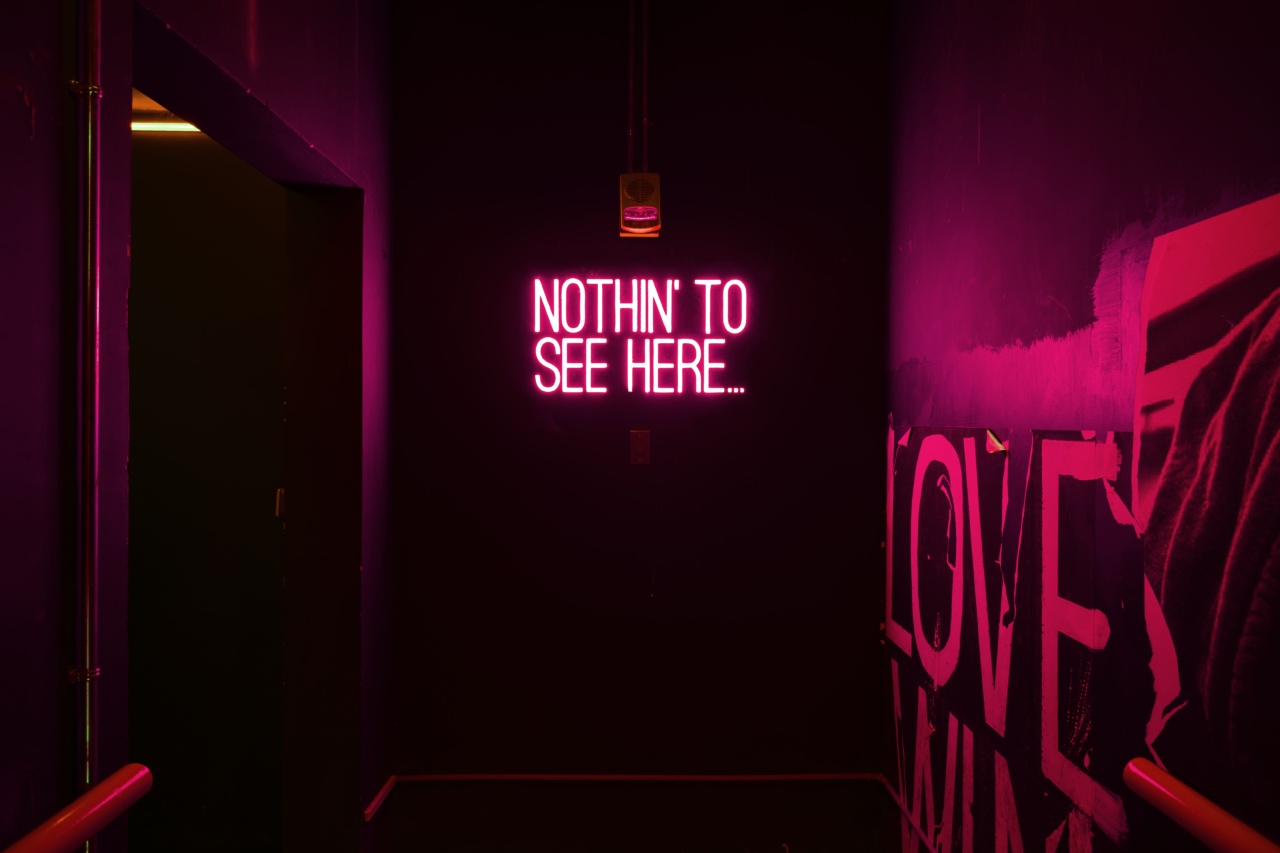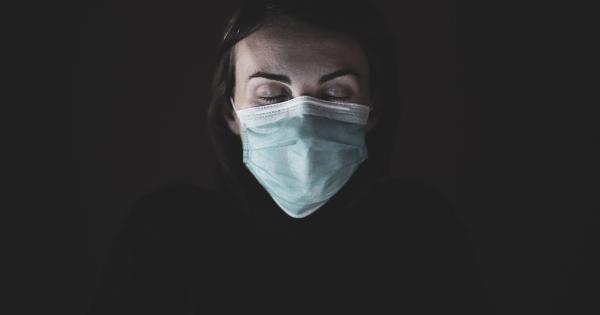Low light situations can create a lot of problems for people with normal vision, as well as those with pre-existing conditions such as night blindness or cataracts.
There are several factors that can contribute to poor visibility in low light, such as the physiological changes in the eye, lack of adequate light, and the time of day.
Physiological Changes in the Eye
As we age, our eyes undergo several changes that can affect our ability to see in low light. The lens of the eye can become cloudier and more yellow, which can reduce the amount of light that reaches the retina.
The pupil also becomes smaller and less responsive to changes in light, diminishing the amount of light that reaches the retina even further. In addition, the cells in the retina that distinguish light and shade become less sensitive, making it more challenging to distinguish between dark and light areas.
Lack of Adequate Light
Not having enough light is the most apparent cause of low visibility in low light conditions. The brightness of the light source and the distance of the object being viewed can all impact the quality and clarity of vision.
Eye doctors often recommend that people with vision problems invest in night-vision glasses to help improve their visibility in low light. These glasses work by amplifying the available light and increasing the brightness of the images being viewed. They can also help to reduce the glare from oncoming traffic lights and headlights.
The Time of Day
Another factor that can impact the ability to see in low light conditions is the time of day. During the day, the sunlight provides an ample amount of light that helps to sustain clear and vibrant vision.
However, once the sun sets and night falls, ambient light becomes much fainter, and visibility becomes more difficult. This is evident in instances when individuals who are driving at night, navigating dimly lit hallways, or attempting to read in a dimly lit room find that their vision is not optimal, and objects may appear blurred, hazy or distorted.
How to Improve Your Vision in Low Light Conditions
Several simple things can be done to improve your vision in low light conditions.
1. Adjust Your Lighting
Adjusting the lighting in your environment can greatly improve your visibility. Adding brighter lights or changing the lightbulbs to one with higher wattage can make a big difference.
If you are using overhead lighting, you can add floor lamps or table lamps to create a more layered lighting effect. It is also important to note that the use of blue-light glasses can help alleviate digital strain when working in front of a computer all day.
2. Utilize Night-Vision Aids
There are several night-vision aids available in the market that can greatly enhance your visibility in low light conditions.
Night-vision glasses are an excellent option for people who do night driving, cataracts, or any other eye condition that has an impact on their vision. These glasses can help increase clarity, reduce glare, and improve vision acuity.
3. Eat a Balanced Diet
Eating a healthy and balanced diet that includes foods high in vitamins A, C, and E or including supplements in your diet can significantly improve your vision in low light conditions.
Consuming such foods can play a vital role in nourishing the cells in your eyes and keeping them healthy.
4. Consider Medications
There are several over-the-counter and prescription medications that can help alleviate night blindness, cataracts, and other vision-related disorders.
It is important to speak with your physician before taking any medication as it can have a significant impact on your overall health and wellness.
Conclusion
Vision problems in low light conditions can pose several challenges, especially when you do not take the right precautions to improve your visibility. Fortunately, several corrective measures can help prevent vision problems and improve quality of life.
It is important to seek medical advice if you are experiencing night blindness, cataracts, or any other vision-related disorders as early diagnosis and effective treatment can help to prevent further damage and improve your overall vision.


























